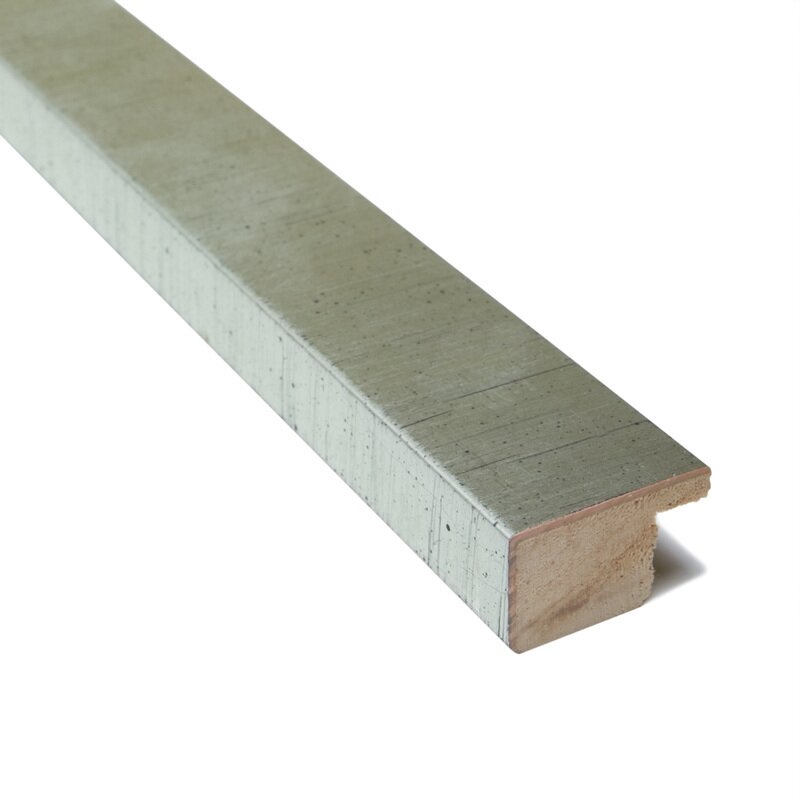


Peltier, co-skipper on today’s trip, slowly guides the Heron Island Research Station research vessel Chromis out of the harbor. The team will analyze the mosaics to make a highly accurate determination of the percentages of various types of benthic cover in each photo.īy 9 a.m., the boat is loaded with the team’s research equipment and scuba gear. The CORAL mission is collecting benthic cover data for 160 to 250 separate sites across each reef validation location in the global mission. Surveys of reef benthic cover are needed to validate some of CORAL’s more advanced data products.
#Breakwaters fire coral series#
Over the next week, the benthic cover team is collecting a series of high-resolution photomosaics that will depict the composition of the various seafloor communities at multiple spots around the Heron Island reef. Reef benthic communities typically consist of a combination of coral, algae and sand. Three fundamental types of data are being gathered: water optics, reef benthic cover and reef metabolism.īenthic cover is what grows on the seafloor.
#Breakwaters fire coral portable#
This “ground truth” data will be compared with data collected from the air by NASA’s Portable Remote Imaging Spectrometer (PRISM) instrument to validate the accuracy of the PRISM data and map products. The research technician from the Bermuda Institute of Ocean Sciences (BIOS) and her three teammates have come to Heron Island as one of three independent, but coordinated, in-water validation teams that are collecting data on reef condition at Australia’s Heron and Lizard Islands during CORAL’s two-month Great Barrier Reef study.

Fortunately for her and her team, the sharks found around Heron Island aren’t particularly dangerous to humans. “I’ve never jumped in the water with tons of sharks before,” she quips with nervous laughter. As she places a Nikon D5500 camera into an underwater housing, several sharks swim nearby in the aquamarine waters of the island’s small harbor dredged out of the reef. It’s a warm and sunny morning in mid-September as Stacy Peltier and her colleagues on NASA’s Coral Reef Airborne Laboratory (CORAL) mission survey team prepare for their first day in the water at Heron Island, a 42-acre coral cay about 45 miles off the coast of Queensland, Australia. Credit: Stacy Peltierīy Alan Buis / OFF HERON ISLAND, QUEENSLAND, AUSTRALIA /


 0 kommentar(er)
0 kommentar(er)
